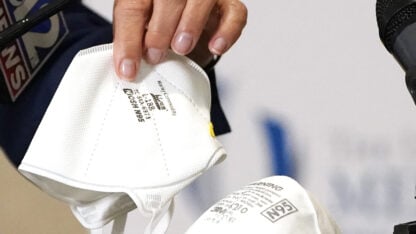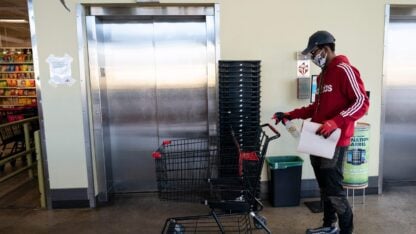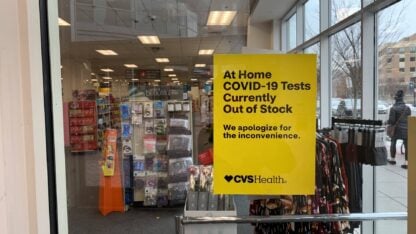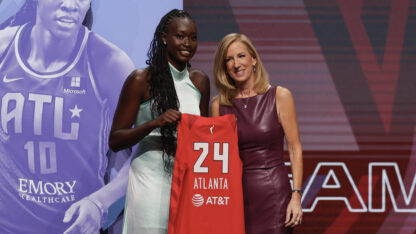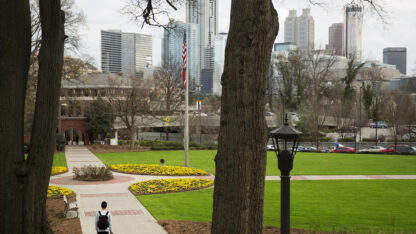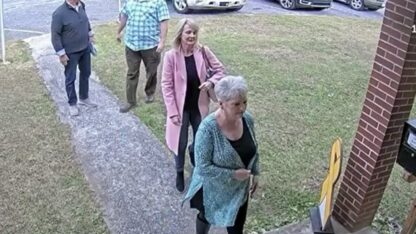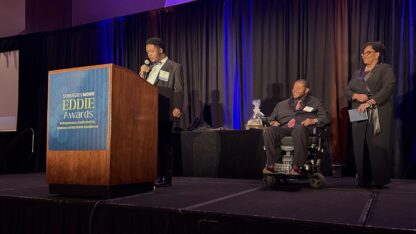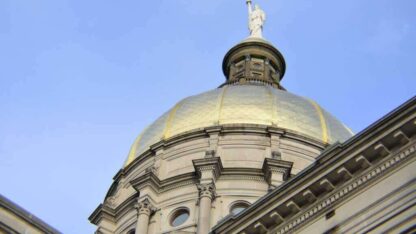Trump Blasts ‘Expensive’ CDC Guidelines For Reopening Schools
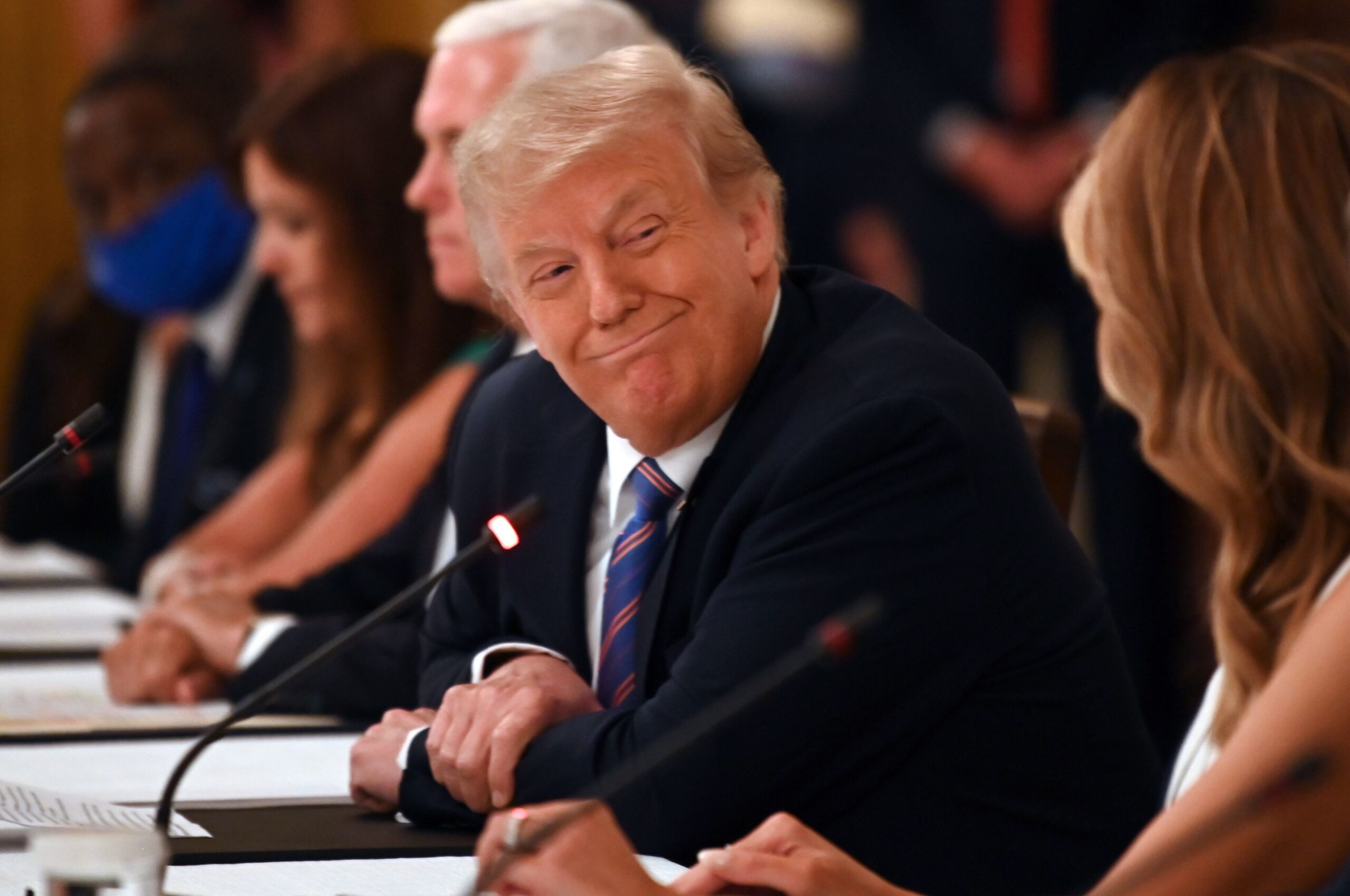
President Trump, seen here at a roundtable discussion at the White House on Tuesday, rebuked the CDC for its guidelines on reopening schools in a tweet Wednesday.
Jim Watson / AFP via Getty Images
President Trump slammed the Centers for Disease Control and Prevention Wednesday morning, calling its guidelines for reopening schools in the wake of the coronavirus pandemic “impractical” and “expensive.”
“I disagree with the @CDCgov on their very tough & expensive guidelines for opening schools. While they want them open, they are asking schools to do very impractical things. I will be meeting with them!!!” Trump wrote on Twitter.
Existing CDC guidance includes temporary school dismissals if there is a substantial spread of COVID-19 within the community and, in cases of mild to moderate community transmission, modifying classes where students are in close contact, staggering arrival/dismissal times and enforcing social distancing.
The CDC continues to update its website with best practices, including this checklist for schools. It’s unclear which specific guidance the president was rebuking.
Vice President Pence has said the CDC will be issuing five new documents next week about how to reopen schools.
The American Academy of Pediatrics issued a strong statement in June in favor of bringing children back to the classroom in the fall wherever and whenever they can do so safely. The statement included recommendations about physical distancing, cleaning and disinfection, hand-washing, and using outdoor space whenever possible.
Trump on Wednesday went as far as to threaten to cut off federal funding if schools do not reopen and suggested that his political opponents are somehow interfering with the reopening process, saying Democrats think reopening would hurt them politically in the November election.
However, the decision to reopen schools — like the decision to close them in March — is not top-down, but made from the bottom-up by thousands of local and state school leaders and public health officials.
On average, public schools receive less than 10% of their funding from the U.S. government, and that money is largely devoted to helping schools serve low-income students and children with disabilities. In short, the nation’s most vulnerable students.
For decades, that funding stream has flowed through Congress with bipartisan support, and Trump has no authority to cut it off or add new requirements to funding lawmakers have already allocated.
Following Trump’s tweet, Evan Hollander, communications director for the House Appropriations Committee, underscored that the power of the purse rests with Congress, not the president.
“Congress provides federal education funding to support some of the most vulnerable young people in our country. The President has no authority to cut off funding for these students, and threatening to do so to prop up his flailing campaign is offensive,” Hollander told NPR in a statement.
In fact, public schools are facing a financial crisis as states slash education budgets in response to the pandemic-driven recession, and the federal government has so far done little to help them make up for those cuts or shoulder the expensive, new burdens of following public health guidance: deep-cleaning schools, hiring nurses, creating socially distanced classrooms.
Congress set aside roughly $13 billion for schools as part of the CARES Act, but Education Secretary Betsy DeVos has complicated the distribution of that money by insisting that public schools use a far larger share of the aid to help students attending private schools. A bill passed by the House to provide school districts with another $58 billion has languished in the Senate.
Trump’s morning remarks are the latest in the administration’s scheduled programming this week to push states to resume in-person learning this fall. During a roundtable discussion on the subject Tuesday, Trump made his intentions clear.
“We’re very much going to put pressure on governors and everybody else to open the schools,” he said.
Meanwhile, senior administration officials told reporters on a background call Tuesday morning that while the White House will provide states with “best practices” on reopening, the decision remains a local one.
NPR congressional reporter Claudia Grisales contributed to this report.
9(MDAxODM0MDY4MDEyMTY4NDA3MzI3YjkzMw004))
